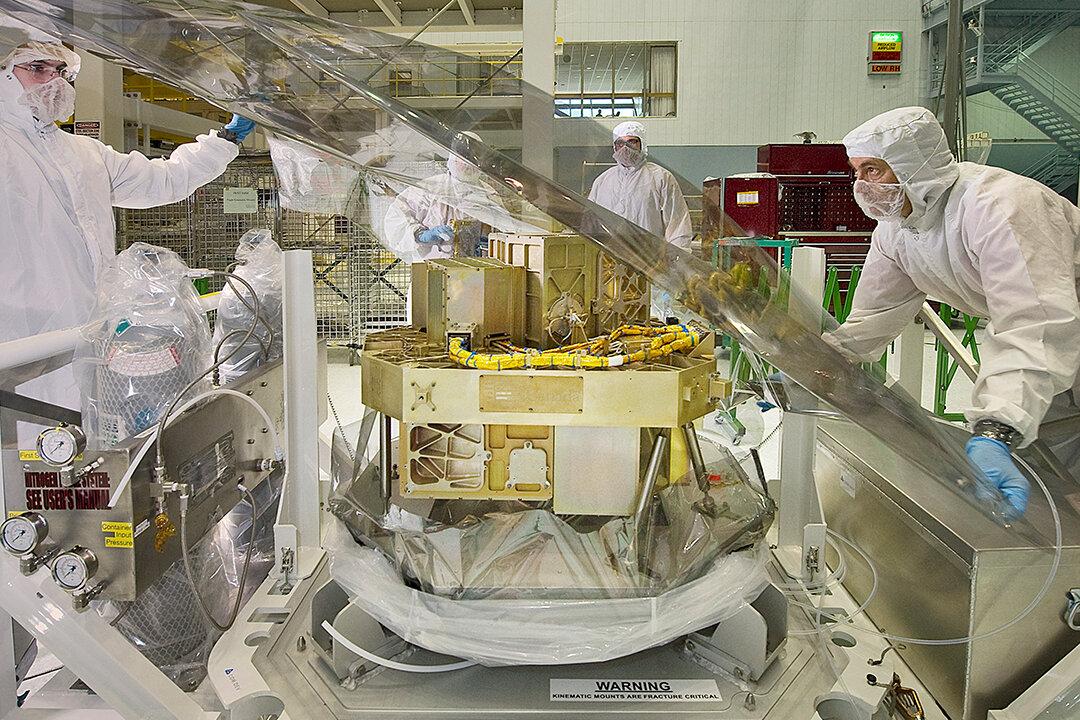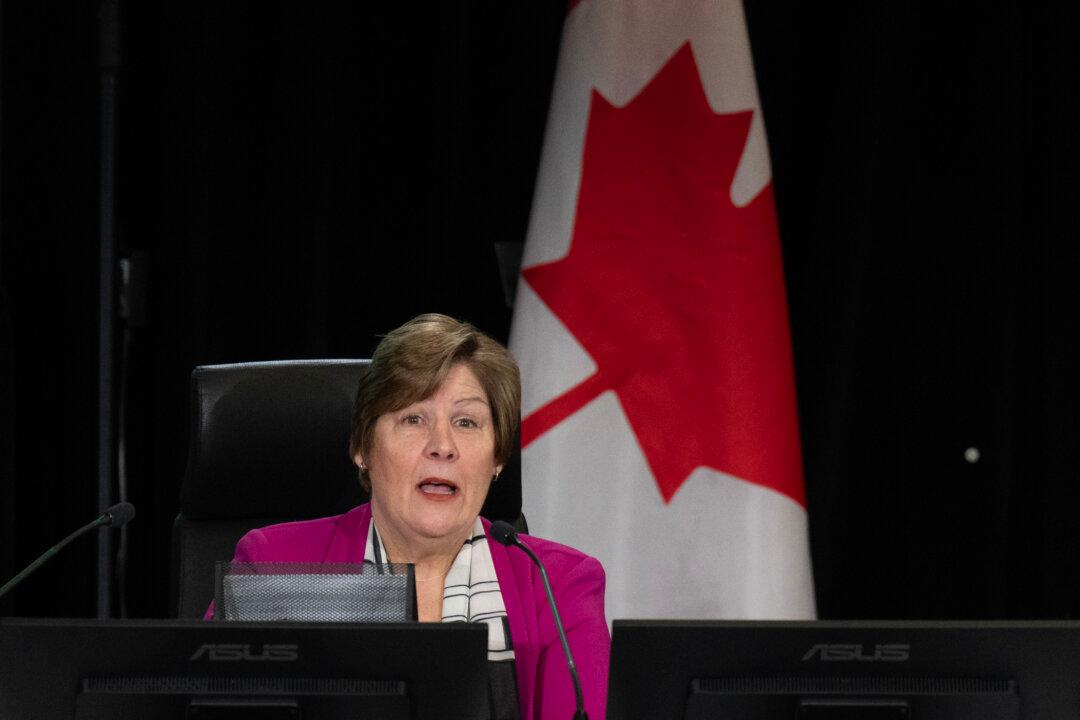The first images from a powerful space telescope developed with Canada’s participation are set to be released on July 12, providing a fresh look into the universe.
“This is the biggest, most complex space telescope that has ever been launched into space,” Canadian Space Agency (CSA) spokesperson Sarah Gallagher told The Epoch Times on July 11.





